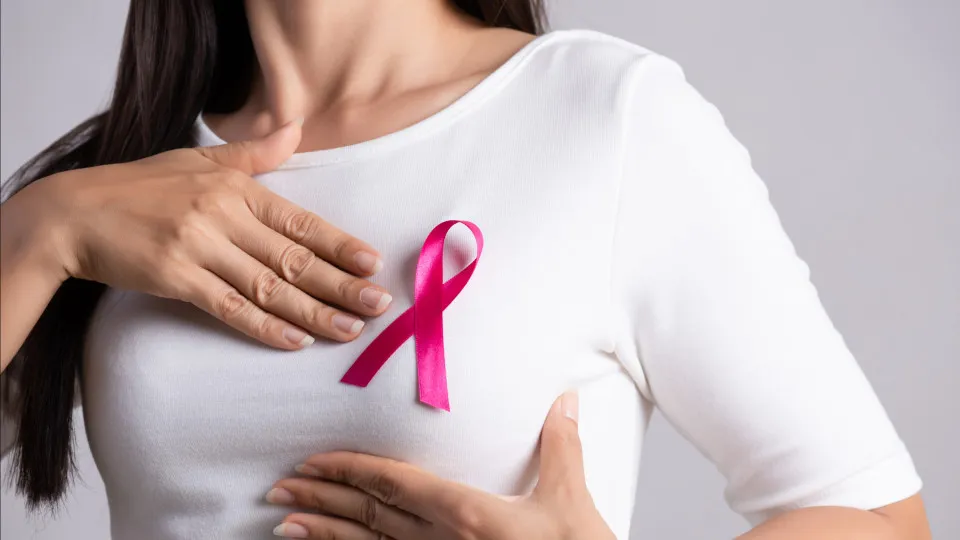
October is nearing its end, but prevention efforts remain ongoing, as this month is globally recognized for raising awareness about breast cancer prevention and early detection. This international initiative is aimed at spreading information, promoting regular examinations, and emphasizing early detection for effective treatment. Known as ‘Pink October,’ the campaign’s name derives from the pink ribbon, an emblematic symbol of the fight against breast cancer.
Considering the significance of this awareness month, several pertinent details need attention. For further and more detailed information about screenings, the website of the National Health Service (SNS) can be consulted by clicking here.
Additionally, breast cancer screening is a public health measure promoted by the SNS to timely detect breast alterations, such as nodules that are not yet detectable through touch or palpation.
Why is screening important?
The SNS states that breast cancer is the most common type of cancer among biologically female individuals and represents the leading cause of cancer-related death in this group. In 2022, approximately 9,000 new cases were detected, and over 2,000 biologically female individuals succumbed to this disease in our country.
Screening is the “best way to detect the disease at early stages, allowing for better outcomes with more effective, less aggressive, and less invasive treatments,” thus helping to:
- Reduce mortality;
- Increase life expectancy;
- Improve quality of life;
- Minimize the need for aggressive and invasive treatments.
What are the exclusion criteria?
Experts explain that individuals who have undergone a mastectomy (breast removal surgery) or have a prior breast cancer diagnosis are “permanently excluded from this screening.” However, there are other temporary reasons preventing screening:
- Breast prostheses (silicone or others);
- Active inflammatory breast processes;
- Pregnancy or breastfeeding;
- Physical incapacity that prevents mammography.
How to participate in the screening?
“If eligible, you will receive a letter indicating the date, time, and location of the screening exam. Typically, the exam is conducted in a mobile unit near the healthcare center. These and other details are included in the letter mailed to you,” according to the website.
Moreover, the SNS advises ensuring that personal information (name, address, phone number, and email) is updated at your healthcare center to receive the invitation correctly.
The mammogram results will be sent by mail to your residence and your family doctor, within four weeks of the exam.
Is the screening painful? What about the results?
According to the SNS, some individuals experience discomfort and even pain from breast compression. However, the mammogram is a brief examination, so any pain usually subsides after the exam.
Two outcomes are possible: a negative result, indicating no suspicious changes for cancer, after which you will be contacted again in two years for a repeat screening; or a positive result, indicating abnormalities requiring further tests and clinical observation. “This does not mean you have cancer,” the SNS cautions.
“Around one in 14 screened individuals have a positive result and are thus called for an assessment consultation, where further exams (such as a breast ultrasound and, if necessary, a targeted biopsy) clarify the screening outcome. This consultation will be scheduled promptly. If cancer suspicion persists following medical consultation and additional testing, referral to a National Health Service hospital for treatment evaluation will occur,” the SNS further explains.
To address any doubts, click here.




